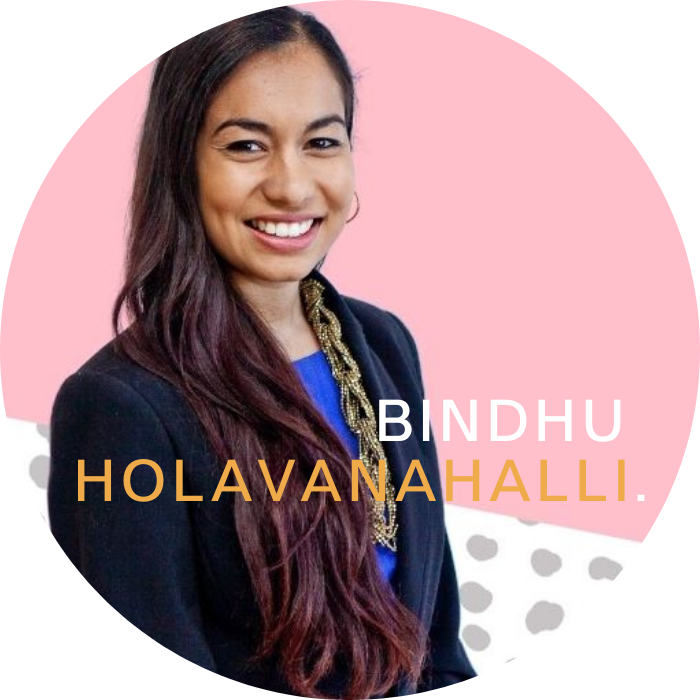
+ Lawyer & Trainee Patent Attorney
+ Physiologist
+ Singer
What drew you to study STEM
I was always interested in science from when I was a child. Learning how something works or why something is the way that it is, has always fascinated me. I always wanted to science at university, but my specific interest in life sciences developed after studying a number of introductory biology courses at university.
Was working in IP always part of your career plan, or was it something that presented to you during your journey?
I didn’t really know a lot about IP before I started university, but I studied a law and science double degree and quickly became aware that IP was an area in which I could use both of my skillsets – legal and scientific. From then, a career in IP was something I actively worked towards by choosing the relevant units at university and getting work experience in that field.
Which inspiring women did you look up to as you were growing up and why?
I’ve never been someone who has looked up to specific role models, but there are a lot of inspiring female leaders that certainly have paved the way for women in my generation to have the opportunities that we have now. In light of recent events, one that springs to mind is US Supreme Court Justice Ruth Bader Ginsburg. She was an inspirational figure as a brilliant legal mind, and also in respect of the the success that she was able to achieve considering all the obstacles that were in her way – her story is inspiring on many levels. She faced challenges in even being admitted to law school as a woman, and despite achieving the highest grades she struggled to obtain employment because of her gender. Moreover, her commitment to progressive values and her consistent record of advocating for women and minority groups is truly inspirational.
Who do you look up to now and why?
There are lots of women doing exciting things at the moment. I am continually inspired by women (including but not necessarily famous women) that pursue their ambitions, particularly in the face of the inequalities that continue to persist, such as assumptions about the capabilities of women in certain (particularly STEM) fields, the gender pay gap, and unequal distribution of unpaid domestic labour.
How does your science degree benefit you in your role as an IP practitioner?
It’s integral to all of the work I do, both as a Trainee Patent Attorney and as a Lawyer. From the patent attorney side of things, we work with a broad range of inventors from different disciplines. Having a science background is essential for understanding the nature of the inventions. Even if an invention is in a different field to what I studied, having a science degree has given me the basic building blocks to help understand innovations in a broad range of disciplines.
In litigation, we have to consider infringement and patent validity arguments that require a detailed understanding of the field of invention, which is greatly assisted by a science background. We also do a lot of work with experts in different fields, and a science background is really useful for understanding the complex scientific concepts communicated by experts, and which often become fundamental issues in a case. I practice in the pharmaceutical litigation space so my science background in cellular-physiology and neuroscience is integral to my understanding of many of the issues that present in cases within this field.
What role do you think we all need to play in supporting a greater uptake of women in STEM?
Visibility is really important at the educational level. For young girls and women to see that women are participating and succeeding in scientific careers is important. The more programs that school and university students can get involved in to see the career potential in STEM for women is certainly helpful.
I think that the message is really getting out there to young girls and women that they can and should pursue a career in STEM. However, I think a persistent issue is keeping women in STEM careers once they embark on them. The real inequalities between men and women become particularly apparent at the stage when starting a family. To address this, I think we need to focus on having flexible working options, and encouraging both men and women to take these up so that caring responsibilities are more equally shared. I think this will automatically level the playing field and we will see more women in senior leadership positions in the field as a result.
Is there any advice you would like to share with women embarking on a STEM career?
Just do it! It’s so interesting and really rewarding. The gender split can be a little bit confronting or when considering pursuing this path, but there are more and more women involved in STEM every day, plenty of support within the industry and I think there’s nothing stopping girls from being involved.
What do you hope to see from women in STEM of the future?
There are a lot of really inspirational women in STEM already, but seeing more and more women being involved would be a great thing. I’d love, at least at some point in my career, get to the stage where ‘Women in STEM’ isn’t a thing anymore; when there’s a 50:50 split and it’s not surprising or noteworthy to see women in positions of success in STEM, but it’s just a part of what you expect to see. I think we’re well on the way and I hope we can see that in the next few years.
Get connected
+ 08 9216 5154
+ bindhu.holavanahalli@wrays.com.au
+ in/bindhuholavanahalli
